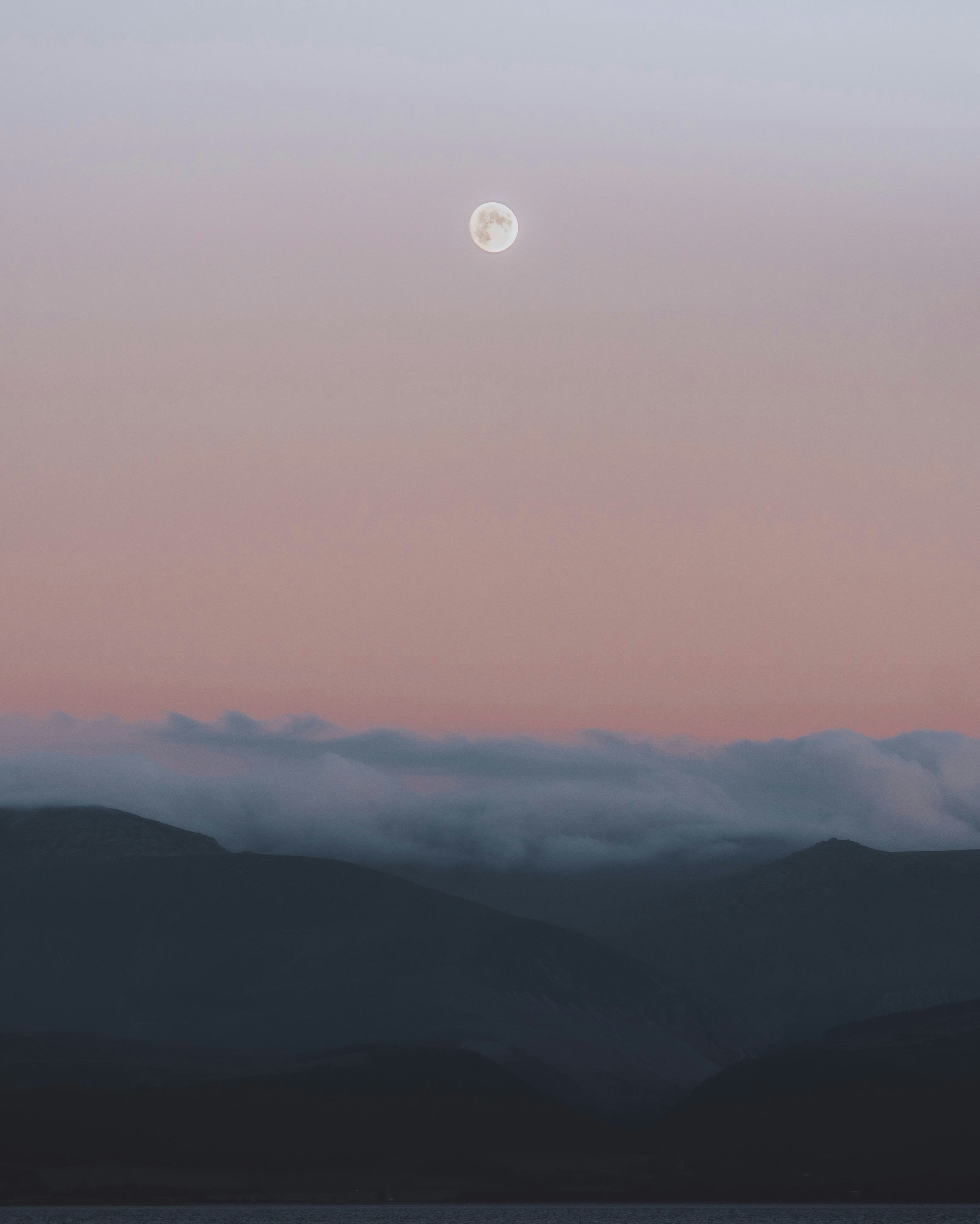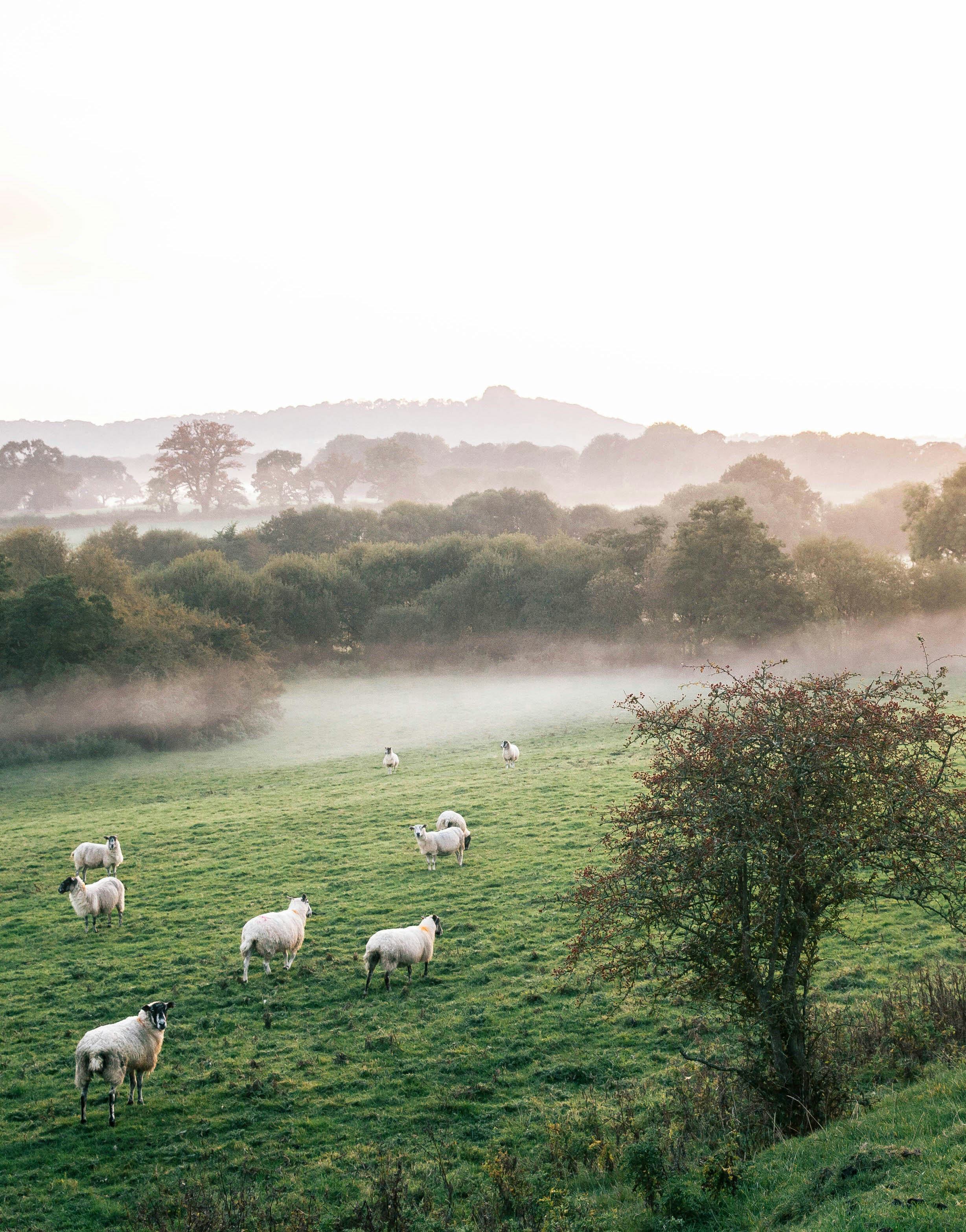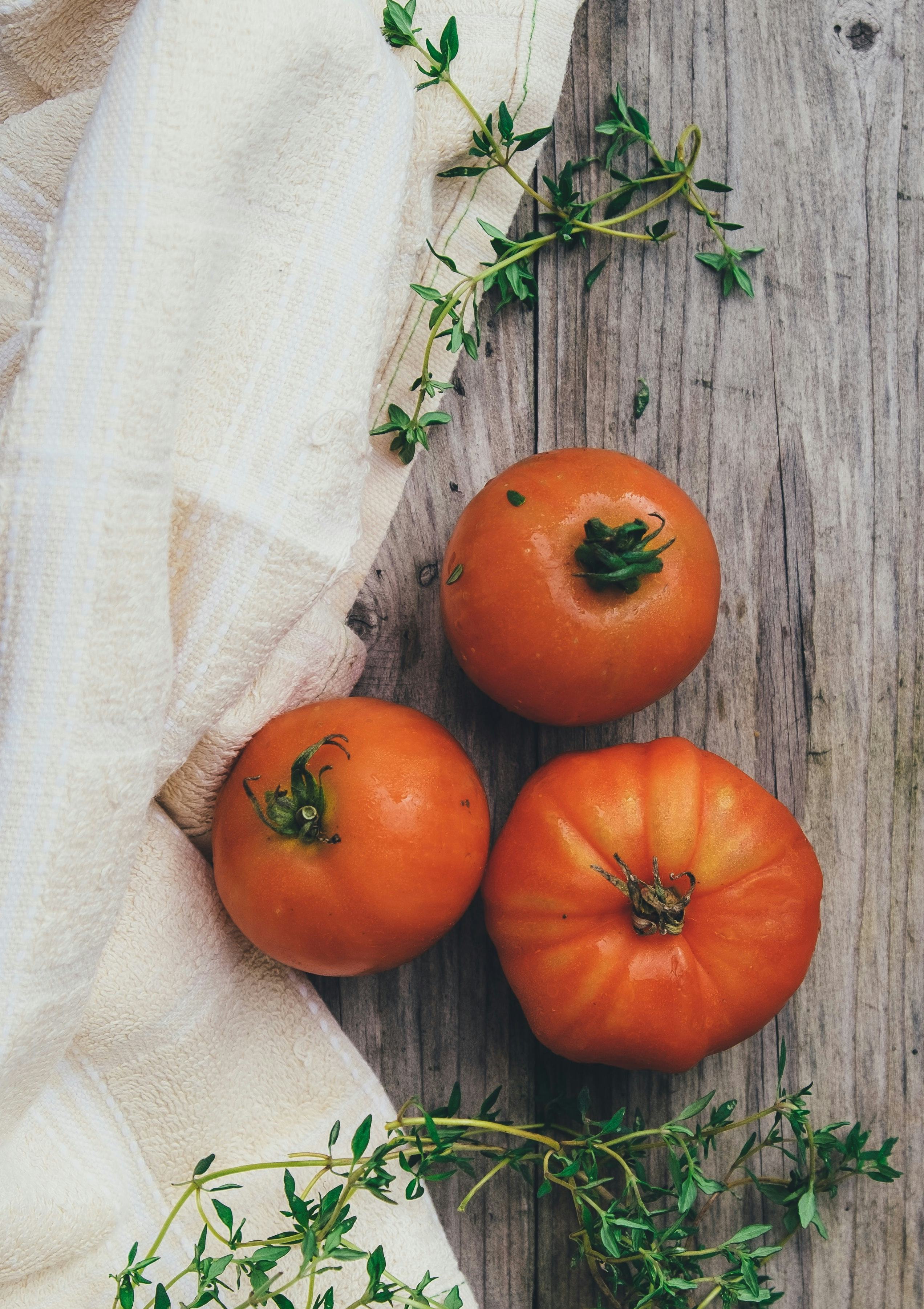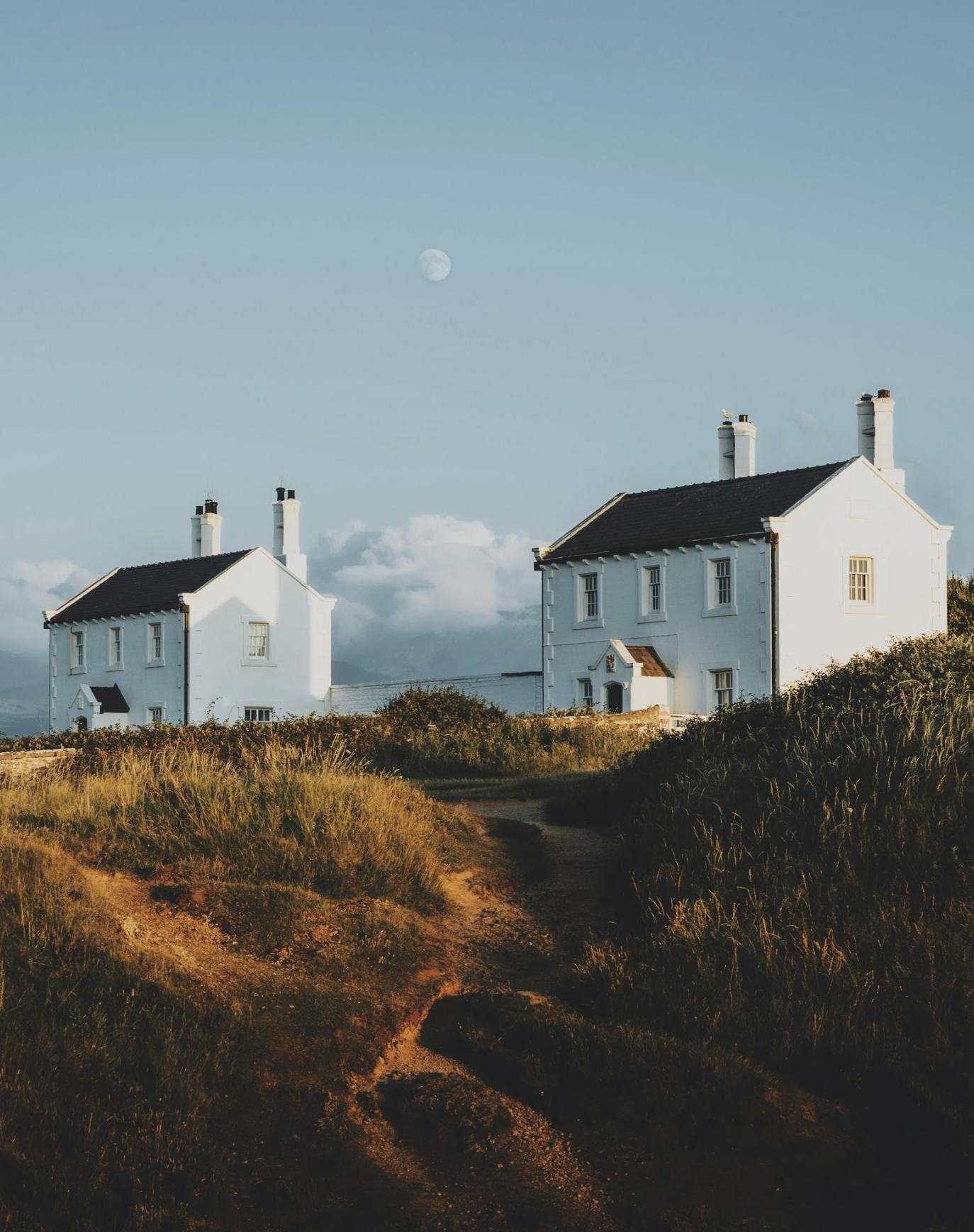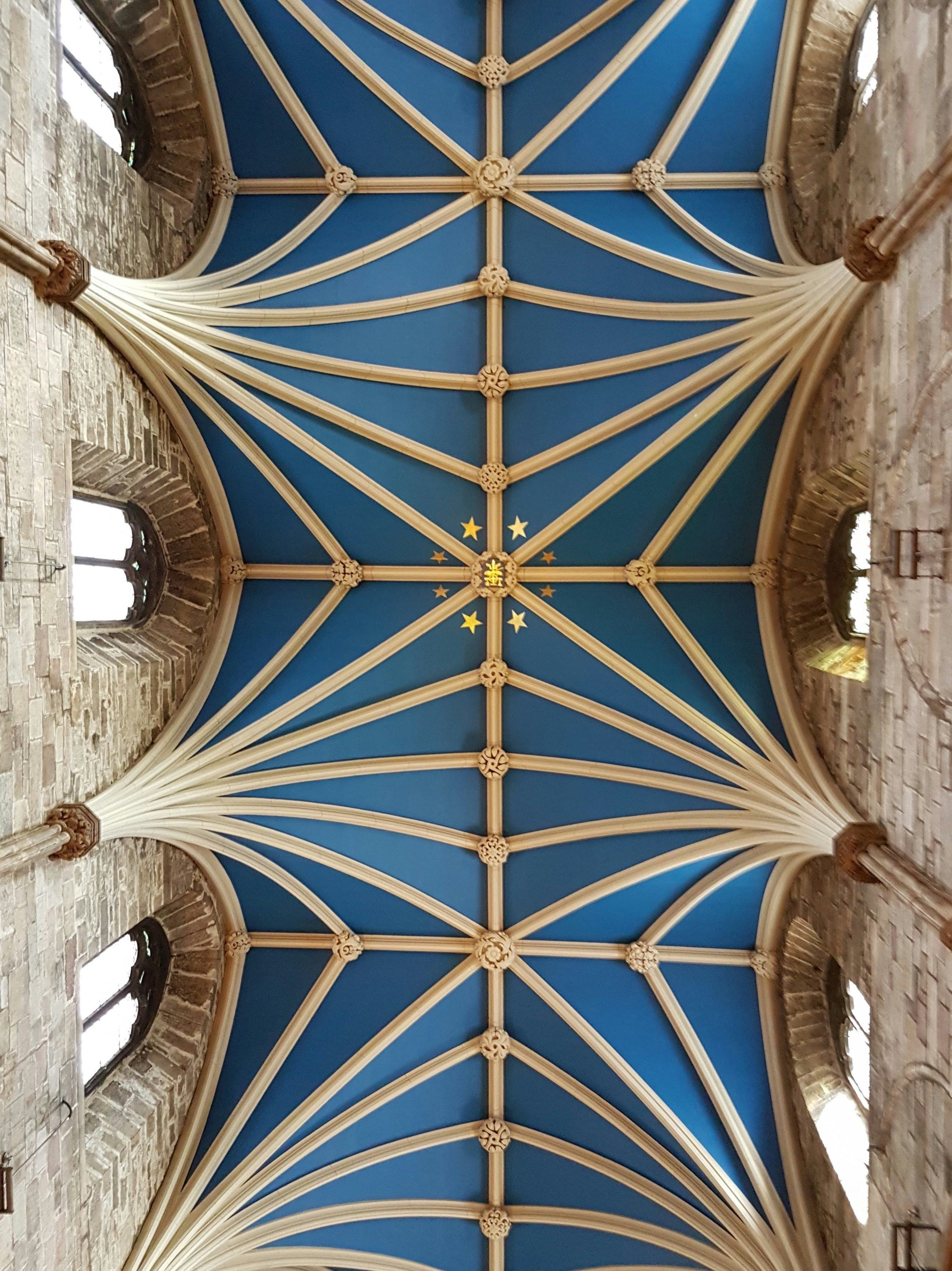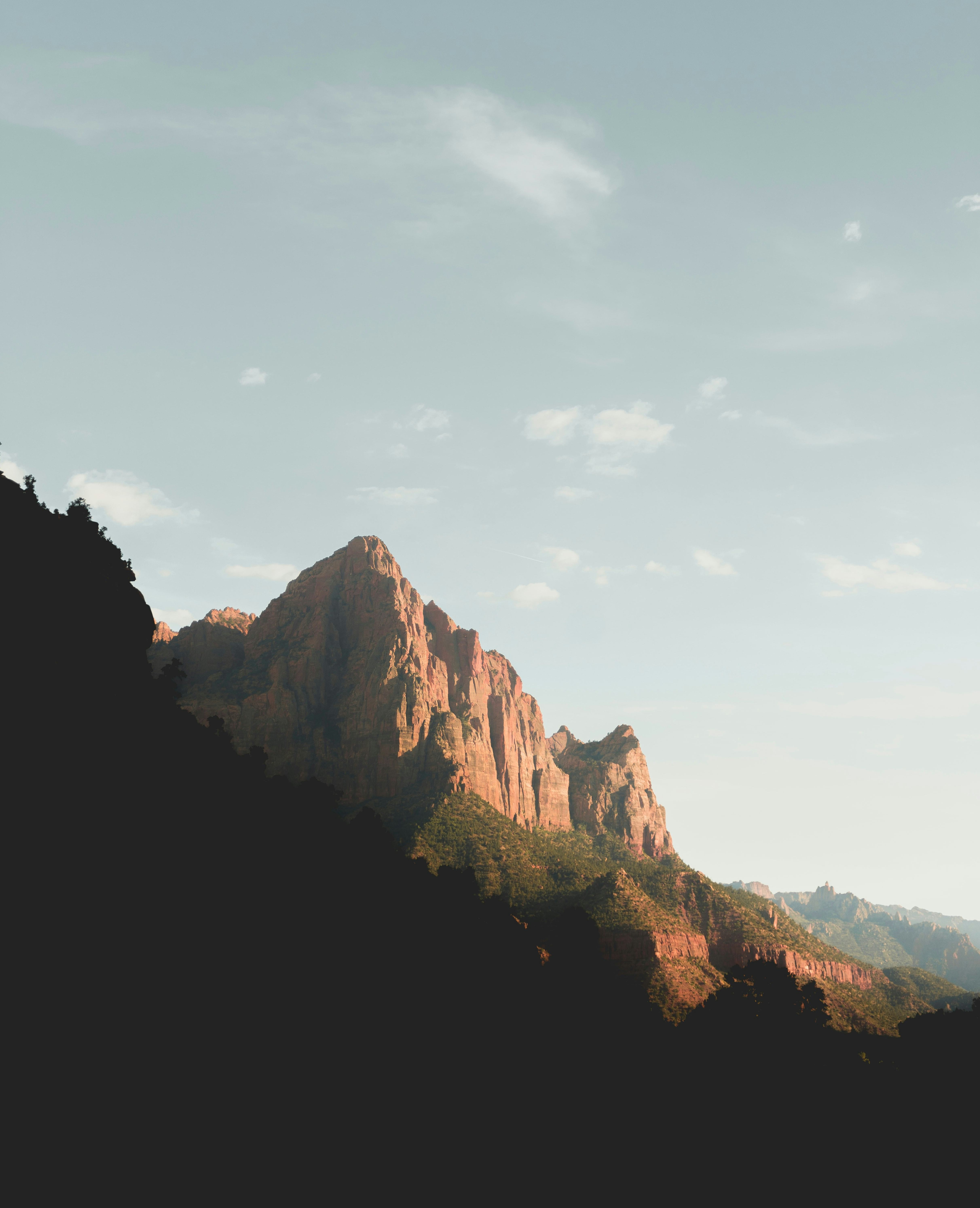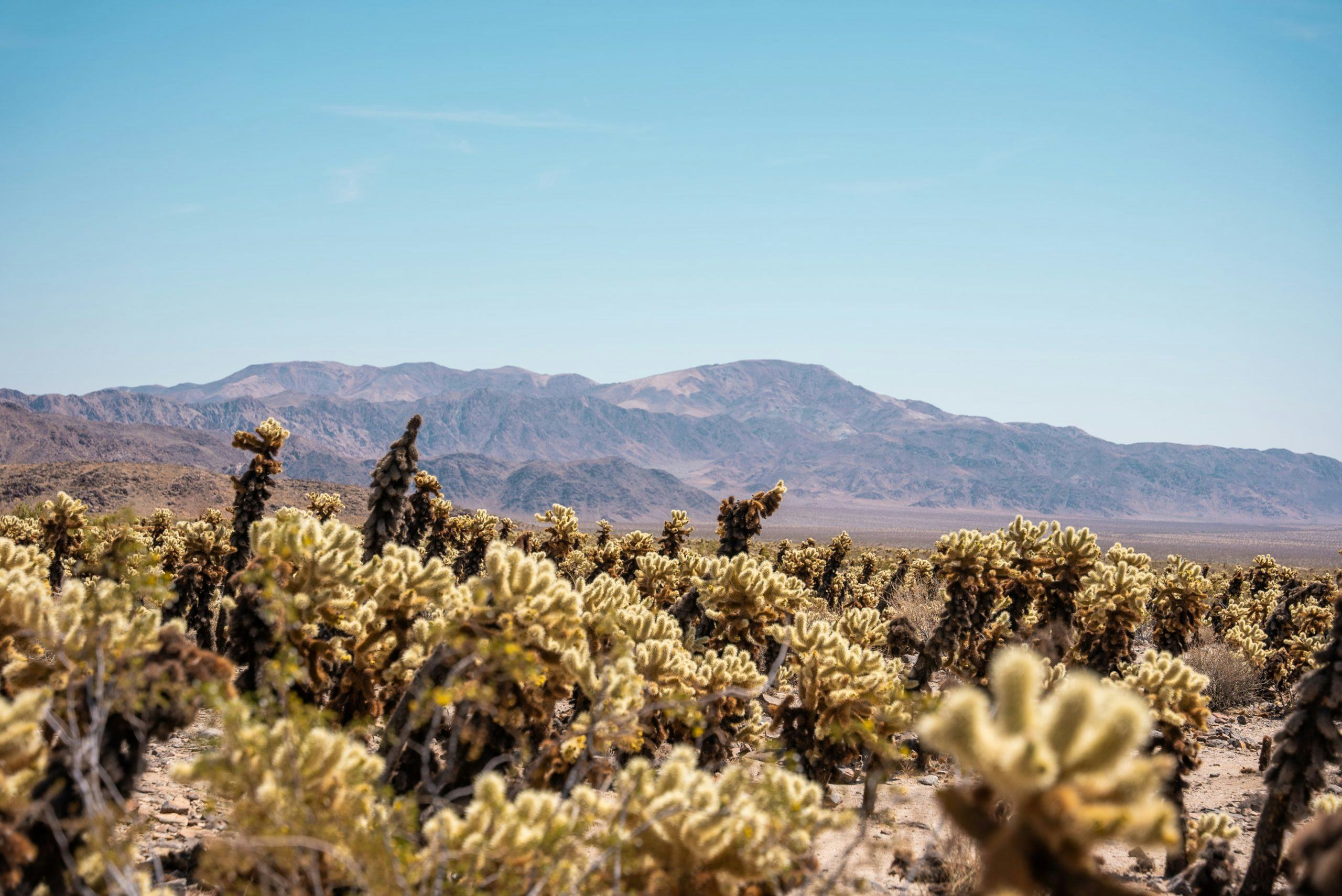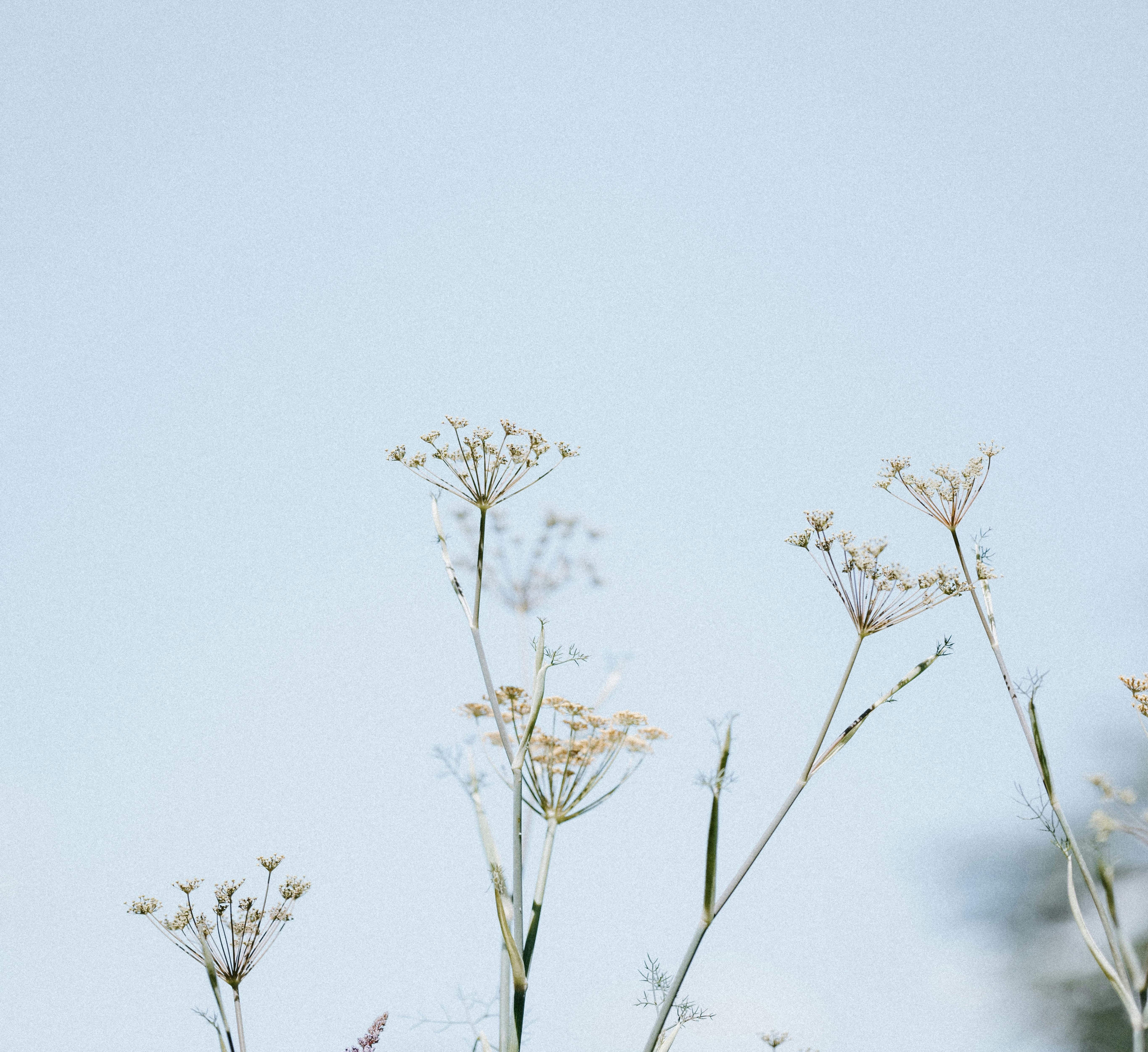The morning light beckons.
To the east, the sun rolls over the ridge, a yellow beacon piercing the gaps in the tall evergreens, blinding and bright. I raise the shades in our living room. The crenelated silhouette of the Sacramento mountains to the west stains a leaden sky while a pink and rosy glow seeps over the foothills below. I wait, watching for the first signs of daylight. The shapes of the distant water tower and a church steeple emerge from the shadows to come into focus.
It is time for our walk.
Every morning, my husband and I and our dog, a formerly citified papillon, ascend the steep hill beyond our front door and travel a loop through our forested neighborhood, a distance of just over a mile. We trudge through light snowdrifts and gusting wind and almost perfect days of frozen winter sunshine. When summer comes again, we will abandon our coats for shorts and sleeveless tops and bring a water bottle for the dog.
On this morning, the brisk air makes us fold into our scarves and hats, and we tuck our gloved hands into our pockets. The dog prances with delight. Snow is her plaything; wind brings fascinating scents. High in the pine boughs above our heads, a raven tracks our course, calling out a coded message to any who will listen: Two humans. Dog. Coming. Your way. Two humans…
We follow the road north, backs bowed forward against the twelve-degree grade. When I was sick with COVID-19 in the spring of 2020, my husband made this journey with the dog alone. I sipped on hot ginger lemon tea and swallowed cough suppressants while he quarantined in another room. I ate little and slept more. Seven weeks after my first symptoms, I joined them again. Every step was one of labor in the beginning, every word a gasp for breath. I paused often to suck air deep into my lungs while my husband held my hand and the dog waited.
This morning, almost nine months later, the walk is easy. As we near the crest, a flock of young male turkeys, “Jacks” our neighbor calls them, march up the slope on our right in single file like sentries on patrol, their heads bobbing up and down as they search for seeds in the tall grass. The Tom in the lead sees us and freezes, his companions behind him coming to a pause as well. Then, with an awkward leap, he bolts across the road. One by one, they run, jogging like the velociraptors in the movie, Jurassic Park. Up and over the ridge. We watch them and laugh. The dog tugs at her tether, eager to continue her walk. She has seen all of this before.
A lone turkey, left behind, looks up from his meal and panics. He sprints to the road, his frantic gabbles increasing in volume and pitch. Wilbur (every straggler is named Wilbur) is frantic. Where are you? Where did you go? From far away, on the other side of the ridge, the flock answers. Wilbur hesitates, then dashes across the road. But he turns away from their voices, runs in circles, meanders back toward us, until finally, he races through the trees, still disoriented, still gabbling.
Our path levels out here, and a sudden movement on our left startles us. A herd of deer emerges from the heavy brush, their tawny and golden pelts blending almost perfectly with the granite boulders they leap across. We’ve interrupted their morning repast. They gaze upon us not with fear or menace but with curiosity. I recognize some of them by their markings and game tags. Even though we encounter them every morning, they reappraise us each time. The dog moves away, creating a safe distance. She remembers our warnings about aggressive bucks during mating season.
The deer will not be our last sighting of ungulates. As we enter the turn of the loop, three elk—two cows and a calf—step out from under the junipers. Unlike the deer, who can be wary, the elk are the epitome of cool. Residing at the top of the food chain, they fear nothing. When the calf sees us, she stops in mid bite, strings of leaves dripping from her mouth, as she regards these strange creatures entering her realm. The elk may be calm, but the cow will protect her baby if we get too close. We steer a wide arc.
Last fall, we were forced to turn back at this curve more than once to avoid a bugling bull guarding his harem. Balancing a massive rack of antlers, he would step into the middle of the road, raise his head, and emit a shrill, almost feminine, cry. The cows flicked their saucy tails and danced with anticipation. Other bulls in the hills replied with their own challenge. With the bull weighing in at over 700 pounds, we had no interest in evoking his ire. We backed away carefully before ascending the loop we had just navigated. Safely home, I threw open the windows. Pine-scented breezes, sweet and musty, filled the room. And from a far distance, mating melodies echoed from the canyon below.
Local legend claims that the elk moved into Ruidoso after the Little Bear Fire in 2012. The first herd established grazing rights on two golf courses that back the village hall and library. The herd, also known as a “gang,” increased and spread to the high school football fields, community soccer grounds, public parks, and private property. Multiple generations later, they now roam the business district in the spring to munch on the flowering fruit trees that line the sidewalks. They sleep in the shade of parking lots and stop traffic when they move en masse to a new dining spot.
Like the elk, we’ve found sanctuary in this small New Mexico town. When my husband retired three years ago, we fled Phoenix, Arizona, eager to escape the traffic, blistering summer heat, and the stress. This mountain community offered a four-season climate, beautiful scenery, and a silence so deep the sound of raindrops dripping from our gutters is amplified. Deer move quietly, but we can hear their footsteps beneath our deck in the twilight as they search for shelter.
Urban forest – that is the official term. Village streets weave in and out of densely wooded thickets. Private property abuts public land. The boundary between wilderness and civilization is undefined. During hunting season, the elk seek safety on the high school football field, a no-gun zone. Deer and turkeys follow a similar pattern, grazing in yards and on the golf courses. The wilderness and civilization here shelter bears, eagles, deer, elk, turkeys, foxes, wild horses, the occasional mountain lion, as well as the animals who have adapted easily to all urban environments, such as coyotes, raccoons, and skunks.
We moved to Ruidoso to retire but received an unexpected gift this past year: the natural world unfolding without human interference. With its harsh beauty and unforgiving demands, we are reminded daily we are all merely transients passing through. Traces are left behind. The pile of turkey feathers in our neighbor’s driveway are all that remains of a cougar’s snack. Bleached bones on the slope behind our house mark the gravesite of a fawn that did not survive the winter.
As we begin the final stretch of our morning hike, the dog picks up her pace, aware that breakfast is nigh. We cross into our driveway, where the raven, from his perch fifty feet above in the swaying pine boughs, suddenly tosses an empty yogurt cup at my head. My husband guides the dog to the front door, and I pause to pick up the trash and drop it into the dumpster, careful to secure the bearproof latch. Urban meets forest.
The warmth inside the house embraces us as we prepare the dog’s breakfast and our own. I take a cup of hot tea and return to the west-facing windows. No longer blushing, the foothills are radiant with sunlight. Lookout, Sierra Blanca, and North Black Mountain thrust their jagged peaks into a crystalline sky. A single car wends along the ribbon of highway that twists through forest and village, a stark reminder that, even during the isolation of a pandemic, we’re not alone.
Our dog died shortly before I finished writing this piece. For many of us, the year of 2020 and beyond has been a time of loss and grief. My husband and I cope by walking, step by measured step, through the pain to a place of healing. Tomorrow—without our sweet dog to accompany us—we will walk again.
Jeanne Lyet Gassman holds an MFA in Writing from Vermont College of Fine Arts. Her first novel, BLOOD OF A STONE (Tuscany Press), received an IPPY in 2015. Additional honors include fellowships from Ragdale and the Arizona Commission for the Arts, as well as nominations for a Pushcart Prize and Best Small Fictions. Her work has appeared in Bosque 7, Art in the Time of Covid-19, Dear America: Reflections on Race (Geeky Press), and Hippocampus, among many others. Jeanne lives with her husband in the Sacramento Mountains of New Mexico.
Discover more from Jeanne Lyet Gassman.